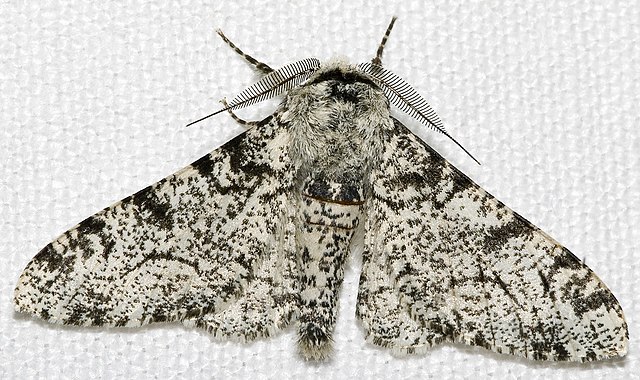A phylogenetic tree, phylogeny or evolutionary tree is a graphical representation which shows the evolutionary history between a set of species or taxa during a specific time. In other words, it is a branching diagram or a tree showing the evolutionary relationships among various biological species or other entities based upon similarities and differences in their physical or genetic characteristics. In evolutionary biology, all life on Earth is theoretically part of a single phylogenetic tree, indicating common ancestry. Phylogenetics is the study of phylogenetic trees. The main challenge is to find a phylogenetic tree representing optimal evolutionary ancestry between a set of species or taxa. Computational phylogenetics focuses on the algorithms involved in finding optimal phylogenetic tree in the phylogenetic landscape.

Rooted phylogenetic tree optimized for blind people. The lowest point of the tree is the root, which symbolizes the universal common ancestor to all living beings. The tree branches out into three main groups: Bacteria (left branch, letters a to i), Archea (middle branch, letters j to p) and Eukaryota (right branch, letters q to z). Each letter corresponds to a group of organisms, listed below this description. These letters and the description should be converted to Braille font, and printed using a Braille printer. The figure can be 3D printed by copying the png file and using Cura or other software to generate the Gcode for 3D printing.
An unrooted phylogenetic tree for myosin, a superfamily of proteins
A spindle diagram, showing the evolution of the vertebrates at class level, width of spindles indicating number of families. Spindle diagrams are often used in evolutionary taxonomy.
Evolution is the change in the heritable characteristics of biological populations over successive generations. It occurs when evolutionary processes such as natural selection and genetic drift act on genetic variation, resulting in certain characteristics becoming more or less common within a population over successive generations. The process of evolution has given rise to biodiversity at every level of biological organisation.
White peppered moth
Black morph in peppered moth evolution
Male moor frogs become blue during the height of mating season. Blue reflectance may be a form of intersexual communication. It is hypothesised that males with brighter blue coloration may signal greater sexual and genetic fitness.
The common garter snake has evolved resistance to the defensive substance tetrodotoxin in its amphibian prey.







